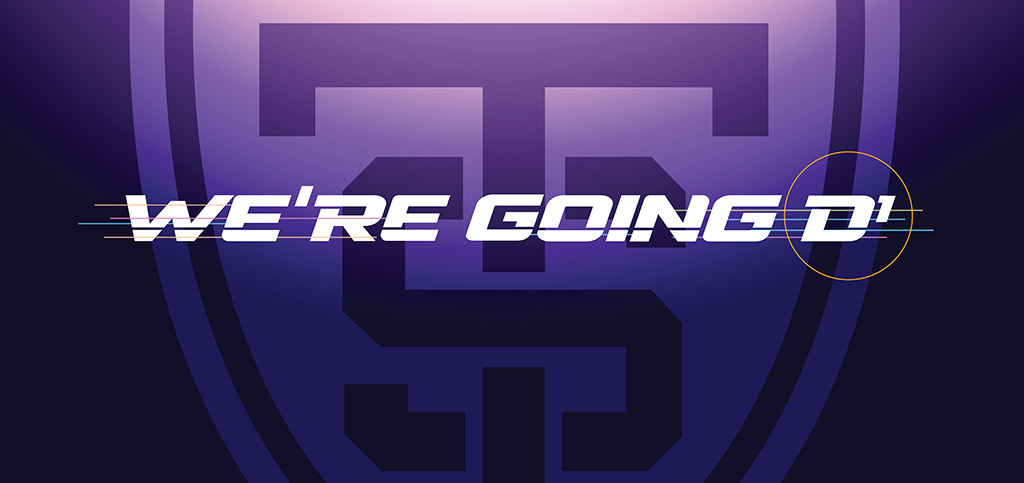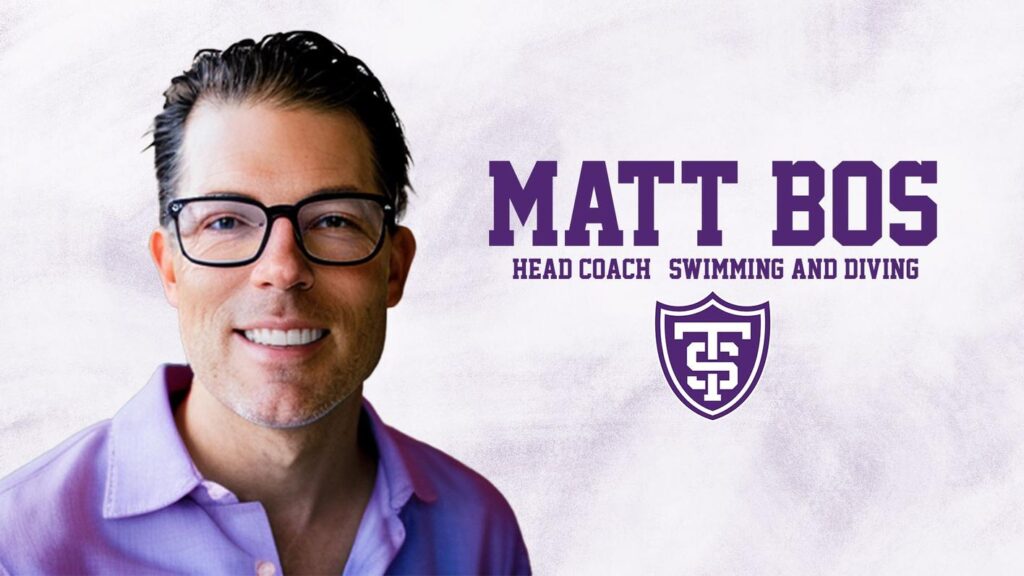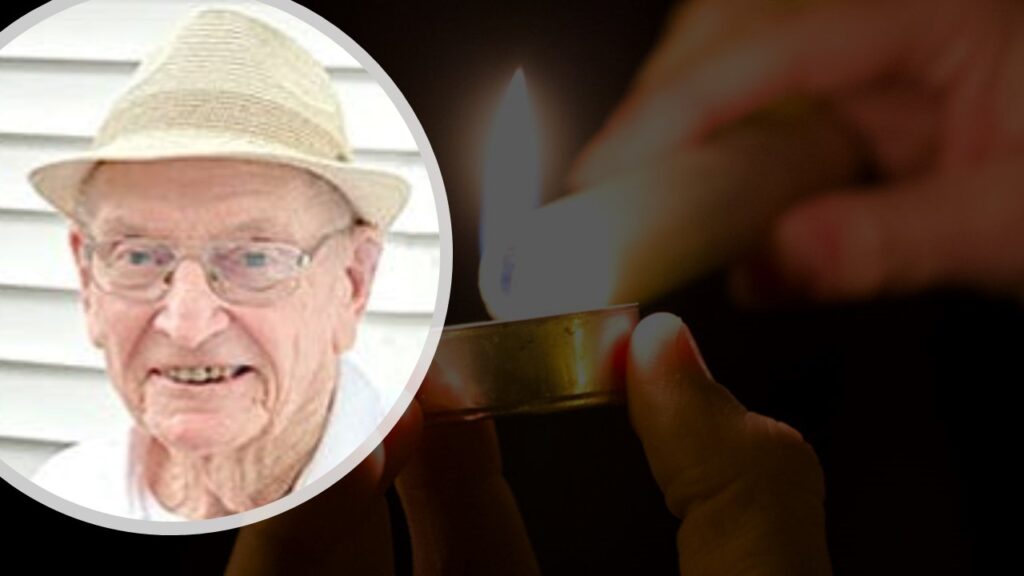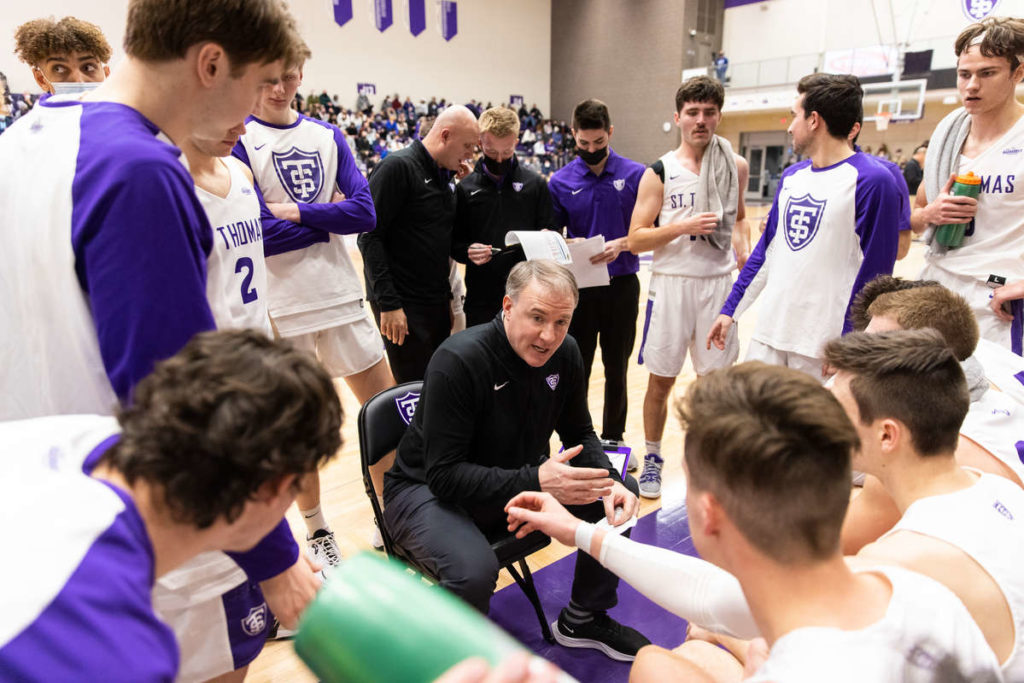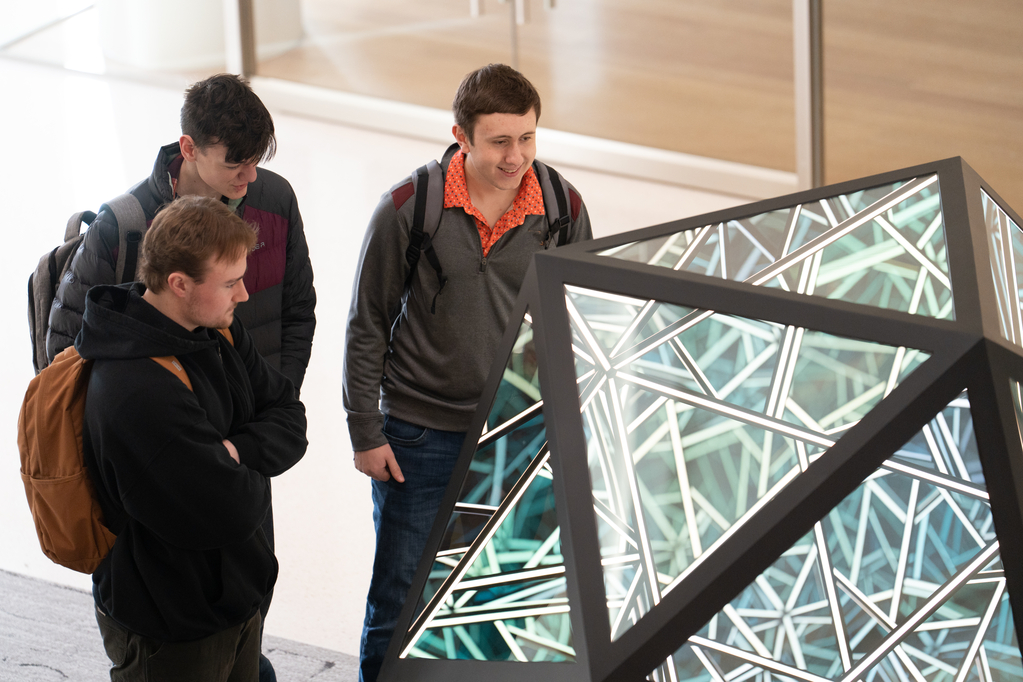A historic decision has officially cleared the path for Minnesota’s largest private university – the University of St. Thomas – to become the first program in the NCAA’s modern era to reclassify directly from Division III to Division I college athletics.
At its meetings today, the NCAA’s Division I Council approved a motion granting St. Thomas the ability to make the unprecedented jump. With the decision, the Tommies officially accepted invitations to join the Summit League athletics conference, as well as the Pioneer Football League and Women’s Western Collegiate Hockey Association (WCHA).
“Our St. Thomas community is excited to embark on this journey of building Minnesota’s first private D-I collegiate athletics program and the second D-I program in the state,” said Julie Sullivan, president, University of St. Thomas. “St. Thomas has a long history of academic and athletic excellence and embracing change with an entrepreneurial spirit. This move continues that trajectory.”
Following their final year in the Minnesota Intercollegiate Athletic Conference (MIAC), the Tommies will begin competing in their new conferences in the 2021-22 academic year. A conference decision is pending for men’s hockey.
“Today, as much as ever, I’m proud to be a Tommie as we look to our university’s future,” said Dr. Phil Esten, St. Thomas vice president and director of athletics. "I thank the leadership at the NCAA, the Summit League, Pioneer Football League, WCHA and all who have supported our efforts. This decision aligns with our university’s bold vision to ever press forward. I am excited to compete in Division I, while ensuring conditions for our student-athletes to pursue comprehensive excellence.”
St. Thomas is a comprehensive, Catholic university that provides holistic and personalized education for more than 10,000 students. Its mission is to educate students to be morally responsible leaders who think critically, act wisely and work skillfully to advance the common good. The Tommies have won 15 NCAA team championships since 1982. They also have top-five national team finishes in 21 different sports. Of the NCAA’s more than 1,000 institutions, St. Thomas is the only to have secured at least one NCAA team championship in baseball, softball, volleyball and men’s and women’s basketball.
“St. Thomas brings the full package – an excellent academic reputation, experienced leadership, a massive alumni network and a winning culture,” said Summit League Commissioner Tom Douple. “With their values-based mission and status as Minnesota’s largest private university, we know the Tommies will represent the Summit League well and we’re proud to welcome them.”
In the past six seasons, the school’s women’s hockey program has made two national semifinal playoff appearances, won nine MIAC regular-season or playoff titles, and was ranked No. 1 nationally for the first time in 2018-19. The Tommies have gone 19 years without a losing season and are 202-87-36 overall over the last 12 seasons.
“The addition of St. Thomas enhances the WCHA regional footprint and further diversifies our incredible league,” said Jennifer Flowers, WCHA Women’s League commissioner. “We look forward to expanding our Twin Cities fan base by welcoming the passionate Tommie fans. The WCHA is proud to be the women’s hockey home for the University of St. Thomas.”
St. Thomas football has finished NCAA runner-up twice, won seven MIAC championships and had 11 Academic All-Americans over the past decade. The program has won 19 NCAA playoff games in the last 11 years and regularly graduates over 90% of its players. For each of the past five years, the team has also been recognized as the top fundraiser among 3,500-plus national student groups that support the St. Jude Children’s Research Hospital.
“The Tommies were one of the NCAA’s most successful football programs at any level over the past decade and they live their university mission off the field, which makes them an outstanding institutional fit for us,” said Patty Viverito, Pioneer Football League commissioner. “We are thrilled to expand to the Twin Cities, and proud to welcome a program with a track record for graduating players, winning conference titles and playoff games, and serving its community.”
